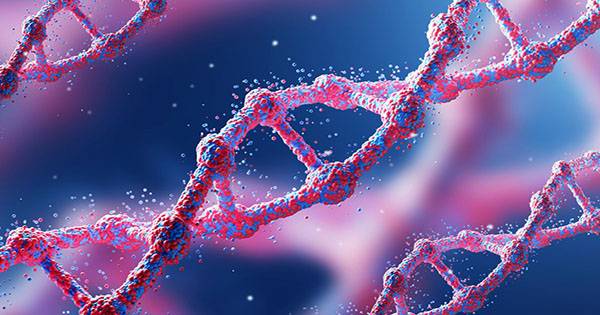What makes modern humans different from us and other endangered species of hominids that can share a small part of our genetic material? The new work suggests that 1.5 to 7 percent of our genomes is unique to modern humans and have not been shared with relatives such as Neanderthals and Denisovans. As has been reported in the advancement of science, the part of the modern human genome that we have uniquely seems to be related to neural development and function. It also appears that this shift did not occur simultaneously.
Our species did not wake up just one day as modern humans as the current scientific meaning of the word. Multiple waves of human-specific change have occurred over thousands of years. Determining which genes are uniquely related to modern humans is not easy. We have limited genetic information about other members of the Homo genus, and there are problems with some of our ancestors interfering with Neanderthals and Denisovans. Thus the genomes of people originating in certain regions of the planet may be more or less the same.
The researchers created an algorithm to allow them to guess which species gave rise to us and Neanderthals and which genetic material came from which came in combination with them. Rapid Ancestor Reconnection Graph Estimator (SARGE) used 279 modern human genomes, two Neanderthal genomes, and one Denisovan genome. SARGE’s analysis identified two major waves of mutations in humans, one that occurred about 600,000 years ago and one about 200,000 years ago. It marks at least a wave of intimacy between all non-African and Neanderthal ancestors, as well as in regions across Eurasia and Oceania that were interconnected between humans and both Neanderthals and Denisovans.
The work shows that parts of the genome are individually exhibiting mutations involved in neural development and function, as well as RNA fragmentation. And its importance and consequences for our species can be further investigated in the lab. “Using new tools for genome editing and brain organoid models for neural function, these mutations are clear and important goals for experimental research to determine what was selected among our ancestors after deviating from our most closely related, extinct relatives.”













